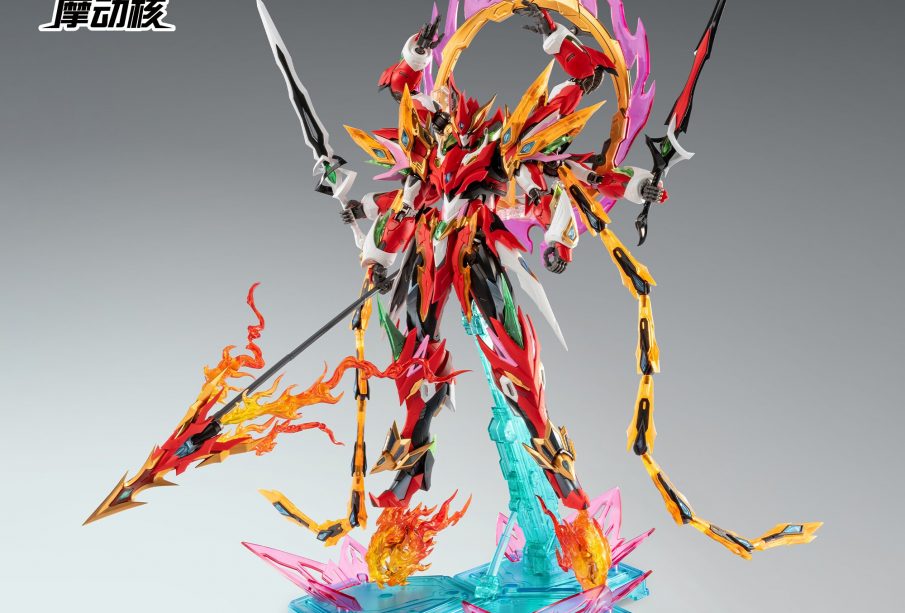The Cultural Impact of Nezha in Chinese Animation

Introduction
Nezha, a character rooted in Chinese folklore, has gained immense popularity in contemporary culture, particularly through the success of animated films. The recent releases featuring Nezha have not only redefined animation in China but also contributed to a growing interest in traditional stories retold through modern media. As animation continues to gain traction globally, Nezha’s impact on cultural representation and the film industry is undeniable.
The Origin of Nezha
Nezha, also known as the Third Lotus Prince, originally appears in the ancient Chinese novel < retc-ipm034 li> Invested by the <retc-ipm034< retc-nd0g1 h. He is portrayed as a young hero with supernatural powers who battles evil and protects humanity. His story, rich in themes of rebellion and self-discovery, resonates with audiences of all ages.
Modern Adaptations
The character has seen a resurgence in modern media, notably with the release of the animated film, Nezha: Birth of the Demon Child, in 2019. The film broke box office records, becoming one of the highest-grossing animated films in China, amassing over $700 million worldwide. The stunning visuals and engaging storytelling attracted both children and adult audiences, showcasing Nezha’s spiritual depth and heroism.
Nezha’s Cultural Significance
Nezha’s popularity extends beyond film into merchandise, video games, and even themed attractions. The character has become a symbol of resilience and empowerment, encouraging younger generations to challenge societal norms. This cultural phenomenon has sparked conversations about the importance of preserving folklore while innovating traditional narratives for contemporary audiences.
Conclusion
As Nezha’s influence continues to grow, the significance of blending traditional stories with modern storytelling approaches becomes clearer. The character not only entertains but also educates, fostering a deeper understanding of Chinese culture. With ongoing projects and adaptations in development, Nezha is poised to remain a prominent figure in the animation landscape, paving the way for a new appreciation of folklore in the global entertainment market. Audiences can expect more adaptations and interpretations of Nezha’s rich narrative in the future, reinforcing its relevance in a fast-evolving world.









